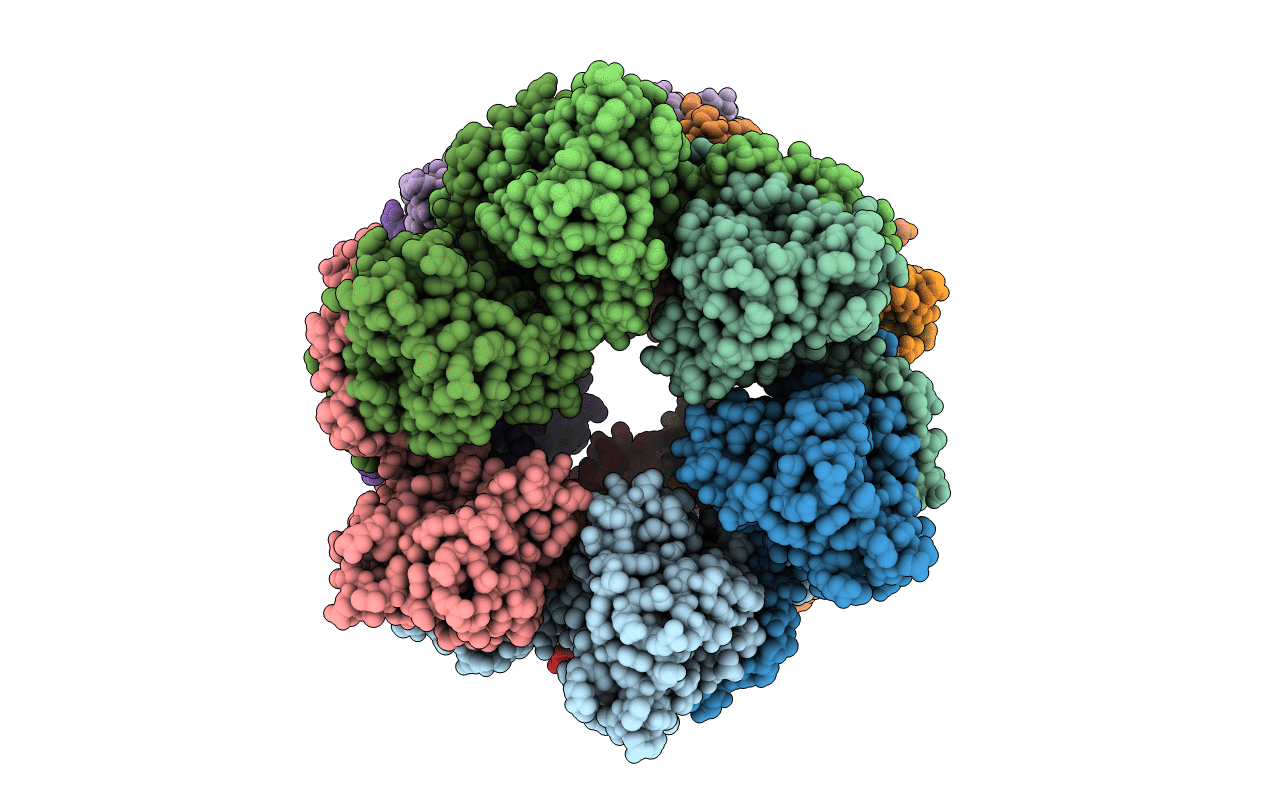
Deposition Date
2014-03-07
Release Date
2014-04-09
Last Version Date
2023-12-20
Entry Detail
PDB ID:
4CSG
Keywords:
Title:
Structural insights into Toscana virus RNA encapsidation
Biological Source:
Source Organism:
TOSCANA VIRUS (Taxon ID: 11590)
Host Organism:
Method Details:
Experimental Method:
Resolution:
3.32 Å
R-Value Free:
0.26
R-Value Work:
0.23
R-Value Observed:
0.24
Space Group:
P 65


